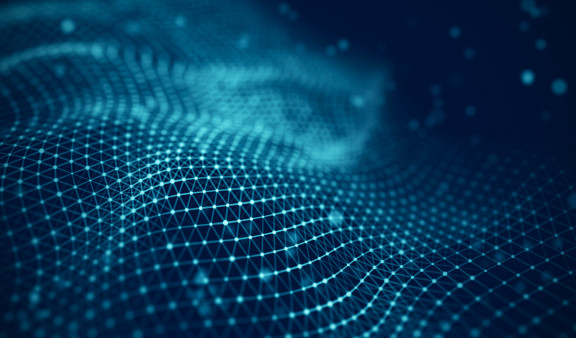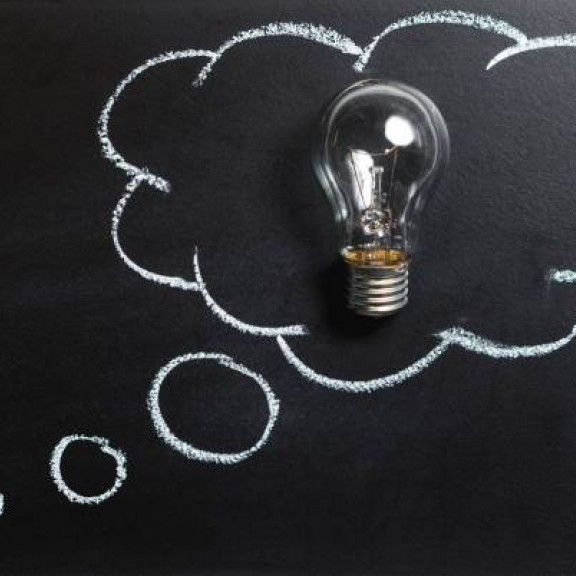
How can big data be used to reduce carbon footprint?
Over time, technology has progressed, allowing for greater computer power and data storage capacity. Better connectivity sparked data generation in a variety of industries; for example, in 2017, more data was produced than in the previous 500 decades.
More advanced technologies for capturing and storing varied environmental activities and changes have also been added to the environmental sector. Huge amounts of environmental data may now be analyzed to gain important insights into how to improve our planet's health.
One of the major obstacles in preserving the Earth's atmosphere at a reasonable temperature is reducing carbon emissions. Every time a human person acts on this planet or interacts with the environment in any way, a certain quantity of carbon dioxide and methane, often known as greenhouse gasses, is produced.
These greenhouse gases trap heat in the Earth's atmosphere, resulting in an increase in the planet's total temperature. In short, climate change and global warming are unavoidable consequences of human activity. Data created by human activities can be useful for analyzing our carbon footprint, but applying data analytics – on a global scale – can aid in the formulation of a strategy to reduce carbon emissions at the local, national, and worldwide levels.
How could we reduce our carbon footprint?
To lower our carbon footprint, we can use digital information or data in two ways. To begin, data from human actions will be processed using machine learning and data analytics to analyze the individualized contribution of carbon emissions. Second, use big data technologies to analyze environmental data in order to look into the carbon footprints of different organizations, companies, and states.
How can this technology be used?
- Smart homes
Building energy efficiency, facilitated by smart devices and sensors, allows us to reduce worldwide consumption. Machine learning is a popular branch of artificial intelligence that analyzes data in order to discover patterns. It analyzes people's everyday activities and predicts their energy consumption. Depending on the user profile, it may modify the water heater's heat and TV streaming, for example.
- Smart grid
With the help of numerous sensors, appliances, and devices – also known as the Internet of Things – energy usage is tracked at the smart home level (IoT). These objects generate a large amount of data and provide insight into how the user regulates his energy consumption. Smart energy systems can regulate energy availability while assuring a steady supply of electricity during peak hours.
- Consumer behavior
We may work on consumer behavior in addition to technology. Consider the following scenario: customers will be charged based on real-time data on energy consumption in the area, with peak hours costing more than the rest of the day. It will, inadvertently, push the user to change his energy use habits.
- Renewable energy
Data analytics can help renewable energy producers compete more effectively. Artificial intelligence (AI) and machine learning have the potential to improve renewable energy production. It can, for example, anticipate wind speed based on environmental data in order to determine how much electricity a wind turbine can generate. Furthermore, hydroelectric power generation can aid in the monitoring of machinery to avoid any leaks, as well as providing greater control over water flow in hydroelectric plants.
- User carbon profiling
Some people produce a significant quantity of carbon without intending to harm the environment. They are unconcerned about their environmental impact. Data profiling has evolved as a powerful personalization tool, with products and services tailored to the user's location, tastes, and other personal information. Similarly, the information gathered about people's activities can be used to enhance profile and provide them with a worldwide image of their footprint.
- Forest preservation
Forests are critical in lowering carbon levels in the ecosystem while also lowering the temperature of the Earth's atmosphere. Advanced technologies can assist in identifying places that require rapid plantation or forest preservation initiatives. Microsoft contributed to a research that looks into the effects of hurricanes on forest health. They also employed high-resolution aerial pictures and image processing techniques to assess the condition of trees that had been damaged by hurricanes. This Microsoft-led effort makes use of advanced artificial intelligence methods such as deep learning and neural networks.
The usage of oil, coal mining, nuclear power plants, and water is one of our most visible footprints on the planet. These provide us with basic energies such as gasoline, electricity, gas, and water.
As a result, we must first focus on lowering, and then employ these energies wisely. Smart metering (or other IoT) could be one of the solutions to this problem.
The team behind this project
Laurent Hatier - Big Data Architect
Dilan Asatekin - Data Engineer

